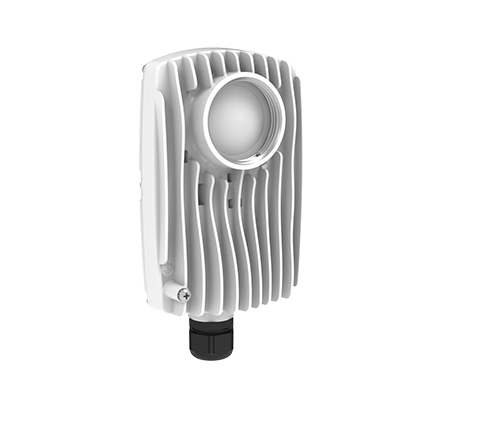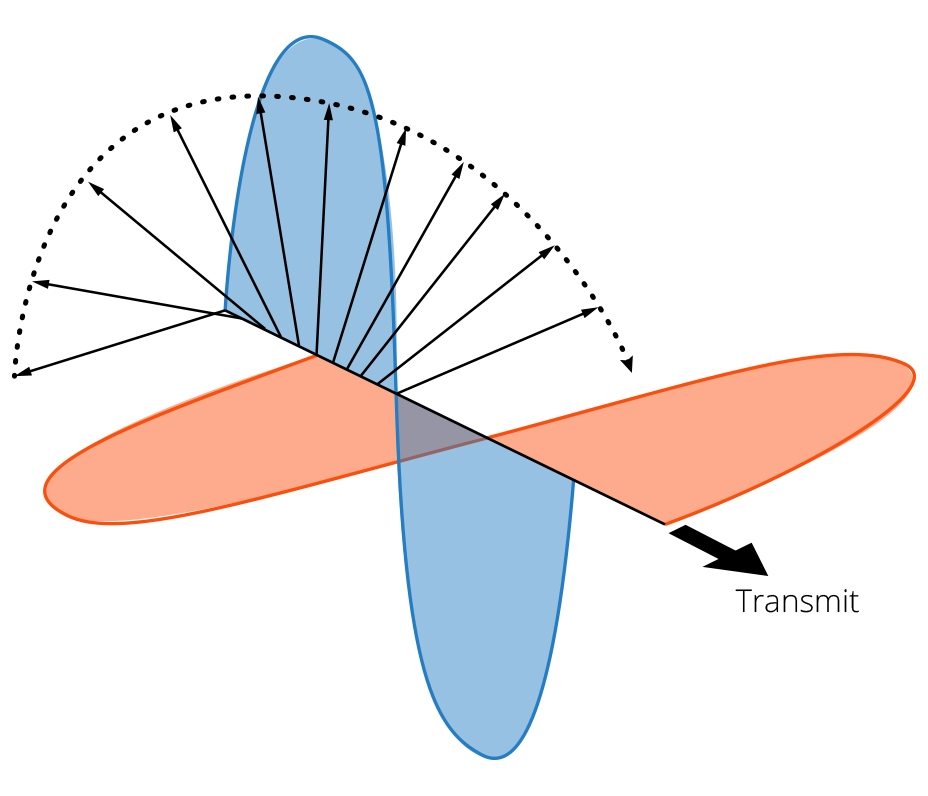Experience the perfect balance of performance and price with the new Mimosa C6x Lite Edition — built for today, ready for tomorrow.

The use of dual polarization antennas has become common in wireless communications. Traditional radio equipment often utilized single polarization antennas, so the move to dual polarization represents a doubling of potential capacity over the use of a single polarization. This evolution, in conjunction with advances in MIMO processing, mean it's time to update some of the misconceptions about the impact of antenna polarizations in a wireless system.


An often repeated adage in wireless, is to avoid the use of antennas of different polarizations in a radio link. The theory being that by mixing polarizations a 3 dB loss will occur, representing a halving of signal strength. This is said to limit the range between a pair of radios in a link. This advice is based on the older single polarization way of thinking. There is partly some truth, because in fact a 3 db loss will occur within a single polarization. For example, if a horizontal linear polarization antenna is transmitting to a +45° slant polarization antenna, the 3 dB loss would be observed. However, this general advice has not been updated to include the impact of dual polarization and MIMO. While the +45° polarization of the antenna is receiving a signal from the horizontal polarization transmitter, the -45° polarization is also receiving the same signal. When MIMO combines those two signals together, a doubling of signal strength occurs (+3 dB), which cancels the loss from the use of mixed polarizations. To reiterate, the combination of dual polarization and MIMO means there is no range limitation from the use of mixed polarization antenna types with Mimosa products.
To help this topic be less *ahem* polarizing, we’ve written a two part white paper that explains everything in much more detail, including information about the use of circular polarization antennas
Part 1 covers the basics of antenna polarizations and provides a description of the types of antenna polarizations you will see used in Mimosa products.
Part 2 is a deeper look at the application of MIMO between the different antenna polarizations.